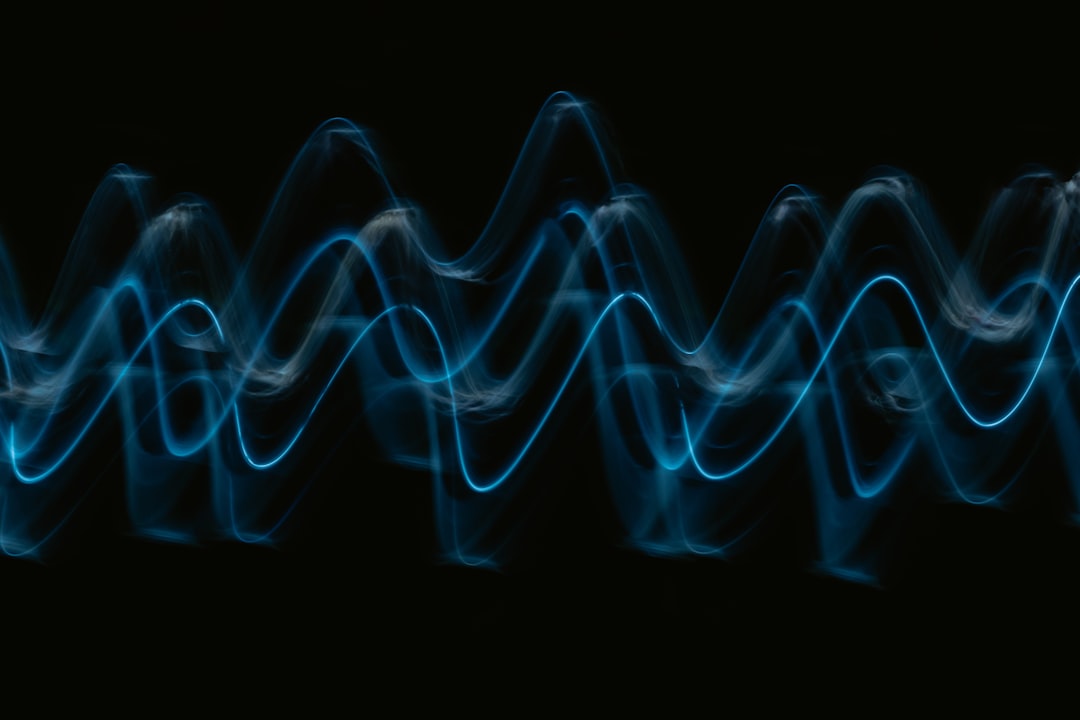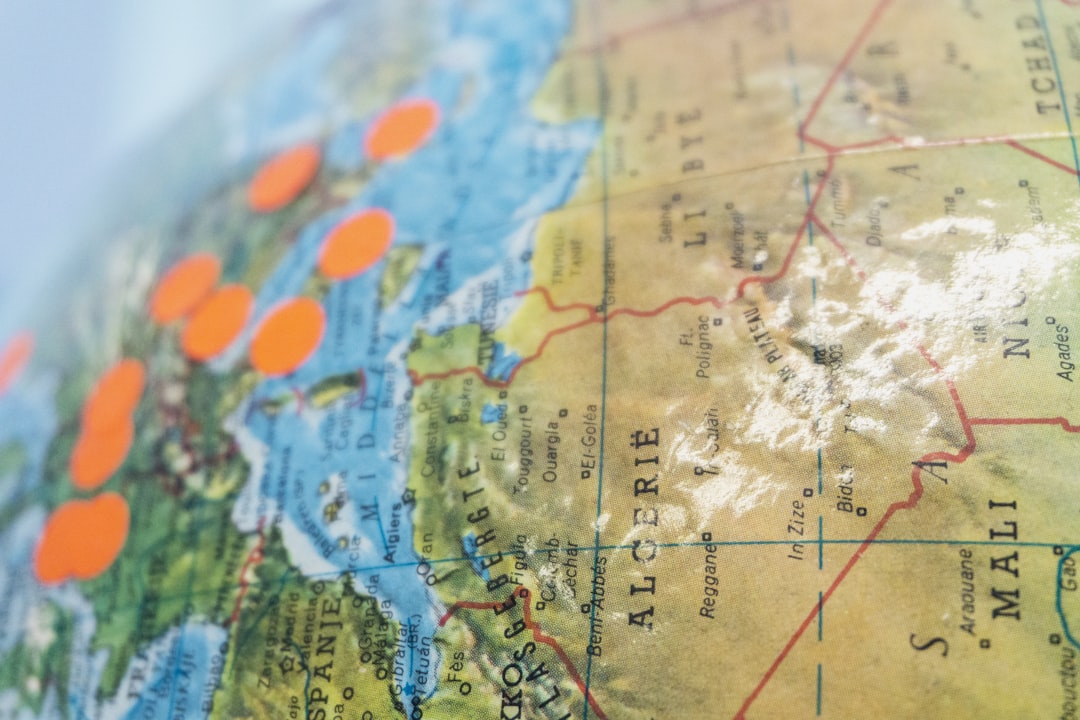What is it about?
The Chanarcillo and Neuquen basins of the Central Andes shared a common geological history in the earlier part of the Early Cretaceous but from Barremian times onward their evolution began to diverge, probably due to an increasing activity of an intervening volcanic arc. The Berriasian to Lower Barremian sequences were mainly marine and include rich ammonoid faunas, with many taxa in common to both the basins. They include both Andean and near-pandemic forms, the latter providing some good correlation levels with the ‘standard’ Mediterranean sequence. Marine conditions persisted in the Chanarcillo Basin till Early Albian times; the associated ammonoid faunas include pandemic, Pacific and Antarctic genera. In contrast, in the Neuquen Basin evaporites and continental clastics of the Huitrın Formation mark the beginning of a long disconnection with the Pacific Ocean, though a short-lived marine incursion is represented by the carbonates of La Tosca Member of the Huitrın Formation. The ammonoid faunas of the two basins are compared here, and a detailed biostratigraphic division of the sequences is discussed and compared with the Mediterranean succession.
Featured Image
Read the Original
This page is a summary of: The Lower Cretaceous Chañarcillo and Neuquén Andean basins: ammonoid biostratigraphy and correlations, Geological Journal, January 2007, Wiley,
DOI: 10.1002/gj.1068.
You can read the full text:
Contributors
The following have contributed to this page










